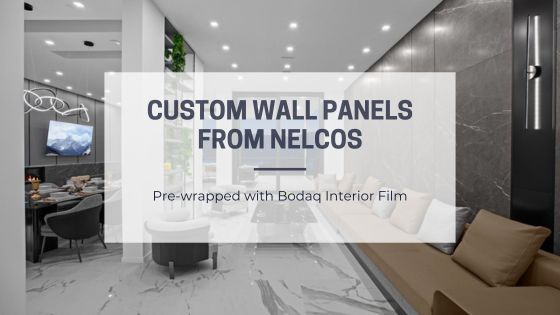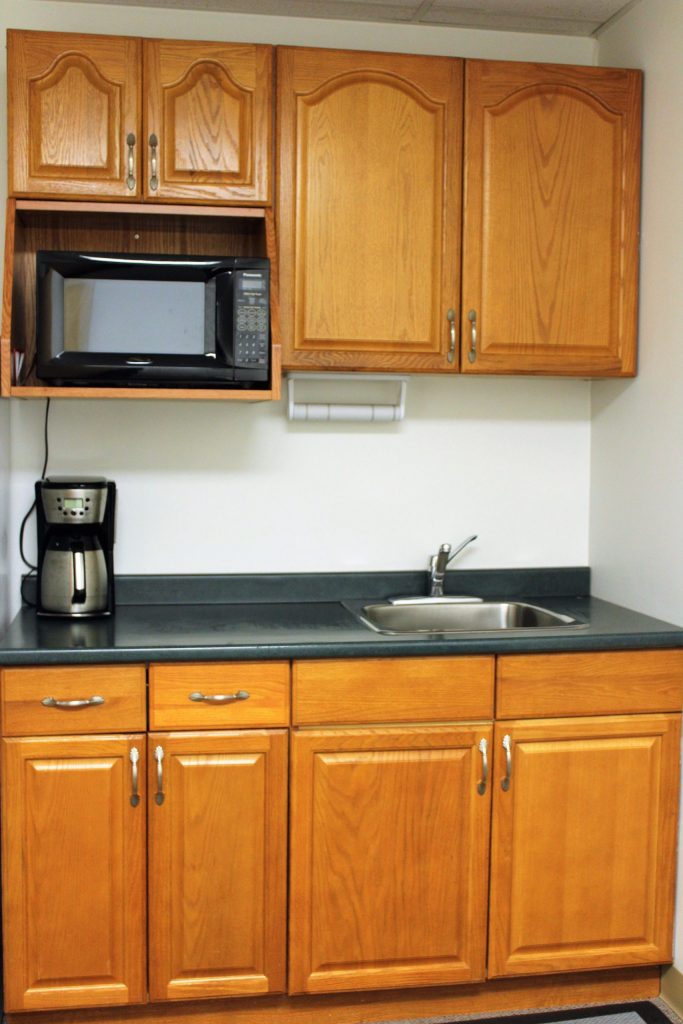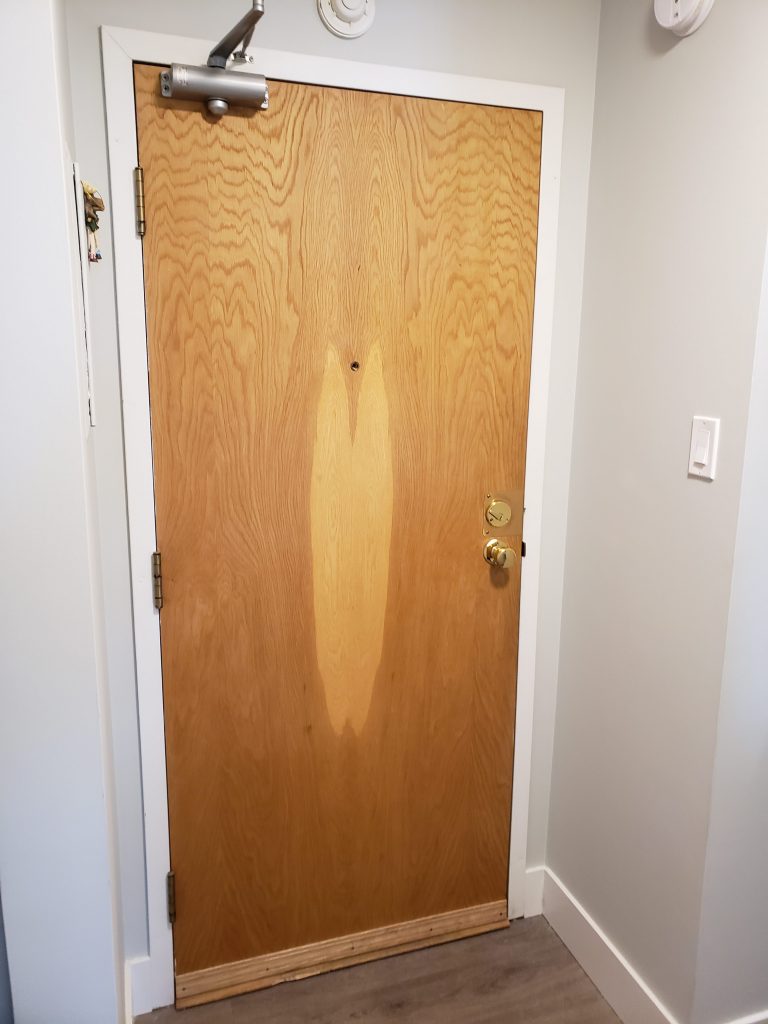Maximizing Efficiency: How to Measure and Budget Bodaq Interior Film for Your Project
Table of Contents
Today, we delve into a topic that may not excite all installers but holds tremendous value for anyone quoting a job and planning to utilize Bodaq interior film. Join us as we explore the process of measuring and budgeting film for various projects, offering tips to minimize waste and streamline your quoting process.
Understanding Bodaq Interior Film Rolls
Bodaq interior film is available in 4-foot rolls, providing you with a length of 50 yards or 150 feet, depending on the pattern. For finishes like brushed stainless or wood grain, it’s essential to consider the entire length of the roll when quoting projects, as it plays a crucial role in optimizing material usage.
Linear Footage vs. Square Footage
While square footage calculation may work for full-color products, it’s more practical to quote projects with patterned finishes in linear feet. The presence of patterns affects the way the film is applied, making linear footage the preferred measurement unit.
Measuring Techniques and Material Calculation
Let’s take a closer look at the measuring process and material calculation for different elements of a typical project (see the example kitchen in the photos below).
- Upper Cabinets: For larger cabinets measuring 3 feet tall and 3 feet wide, allocate 3 linear feet of film per door. Smaller upper cabinets will require 1.5 linear feet of film per door.
- Bottom Cabinets: Similar to the larger upper cabinets, bottom cabinet doors measuring 3 feet tall and 3 feet wide will also require 3 linear feet of film per door.
- Countertop: A 5-foot countertop will need 6 linear feet of film for complete coverage.
To account for any unexpected requirements and ensure ample material availability, it’s advisable to add 15-20% to the calculated linear footage. In the above example, 10.5 linear feet of film would become 12 linear feet, providing room for any additional needs.
Time Considerations
When quoting a project, it’s essential to consider the time required for both preparation and installation. In this case, shaker-style cabinets necessitate approximately 1.5 hours per door for prep and installation. With 8 doors, the total labor time reaches 12 hours. Additionally, small drawer doors may require an extra 2 hours.
Wrapping Doors
Wrapping doors presents its own set of considerations. Measure the length of the door and calculate linear footage accordingly. Generally, doors will be wider than 24 inches, simplifying the process. Take note of any door handles and assess whether it’s more efficient to remove or wrap around them, factoring in the time involved.
Also, evaluate the condition of the door, addressing any dents or imperfections. If needed, use wood fillers, sand the surface, prime it, and apply the film for a smooth finish.
Watch video tutorial
Peter Maki, an installer with 20+ years of experience, shows how his estimating and quoting routine in the following video. The project includes cabinets, countertops, upper cupboards and one door.
A Few Tips on Time and Cost Estimation
Peter amply demonstrates how to do the quoting in the video, but here is an excerpt of several key points that he makes:
- Measure in linear feet. The vinyl film comes in 4-foot rolls that have a continuous pattern. It is okay to measure in square feet if the pattern is plain, like a white solid color. However, when there is a complicated emboss or wood grains, you want to make sure that the edge between two areas is the same so the seam is invisible.
- Add 10-15% to the total material. Installation not always goes absolutely smooth and some parts of the film edges may get too weary or the cutting work may not be very accurate. Some extra is always a safe bet, especially considering the fact that the film per see is not expensive.
- Sophisticated surfaces increase the required time. Normal cabinet doors in the video would require around 40 minutes to wrap each, but as they are not flat the time estimation doubles.
- Not all door handles are worth removing. There are simple door handles that can get removed in 2 minutes, but some, specifically with an electronic lock, are too time-consuming. Add them if it is the latter, but discard if the former is the case.
That’s it!
Congratulations! You now possess valuable insights into effectively measuring and budgeting Bodaq interior film for your projects. By quoting in linear feet, optimizing material usage, and considering time requirements, you can streamline your quoting process and minimize waste.
Remember, practice and experience will make this process even more seamless over time. Embrace these techniques to enhance efficiency and deliver exceptional results while staying within budget.
Previous Lessons
EXPLORE!
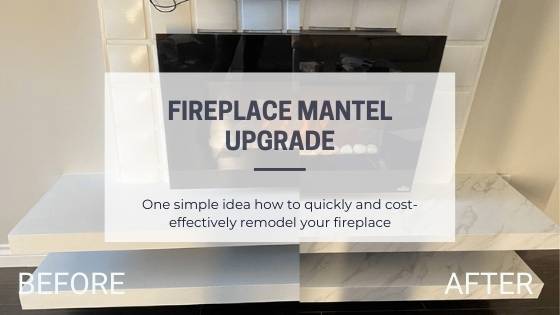
Fireplace Mantel Upgrade | Wrapping With Marble

The Cost-Saving Benefits of Interior Film: Why Refinishing Beats Replacing
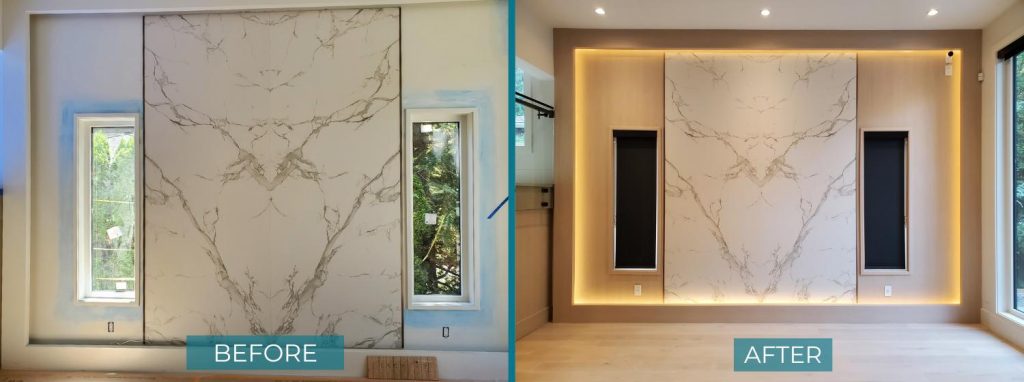
5 Reasons to Choose Architectural Film

Bathroom renovation: why self-adhesive vinyl film beats painting and wallpaper
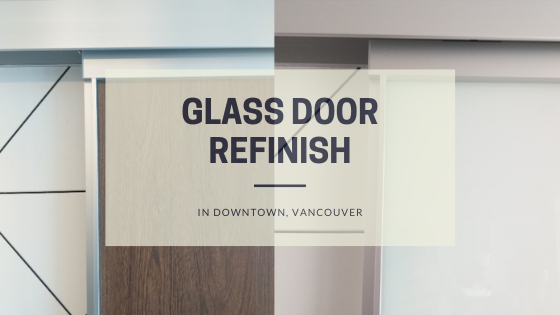
Sliding Glass Door Refinish in Downtown, Vancouver
